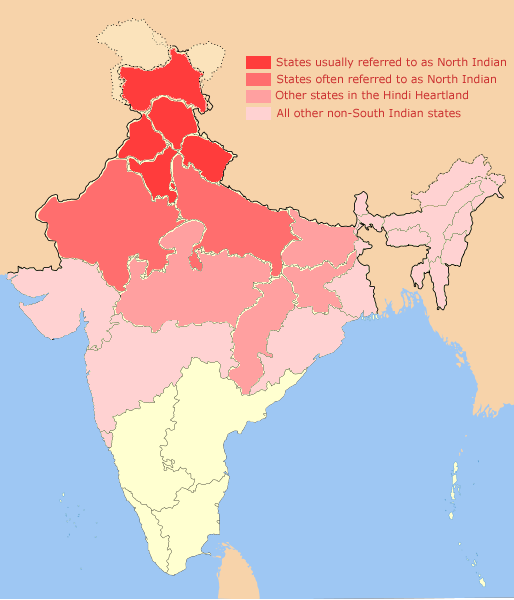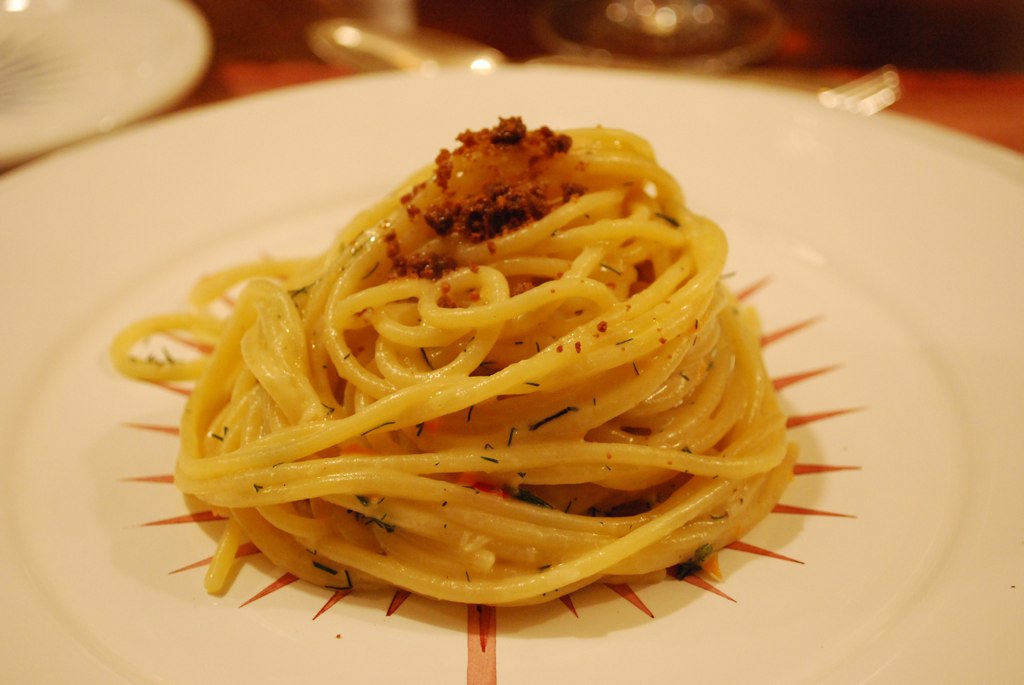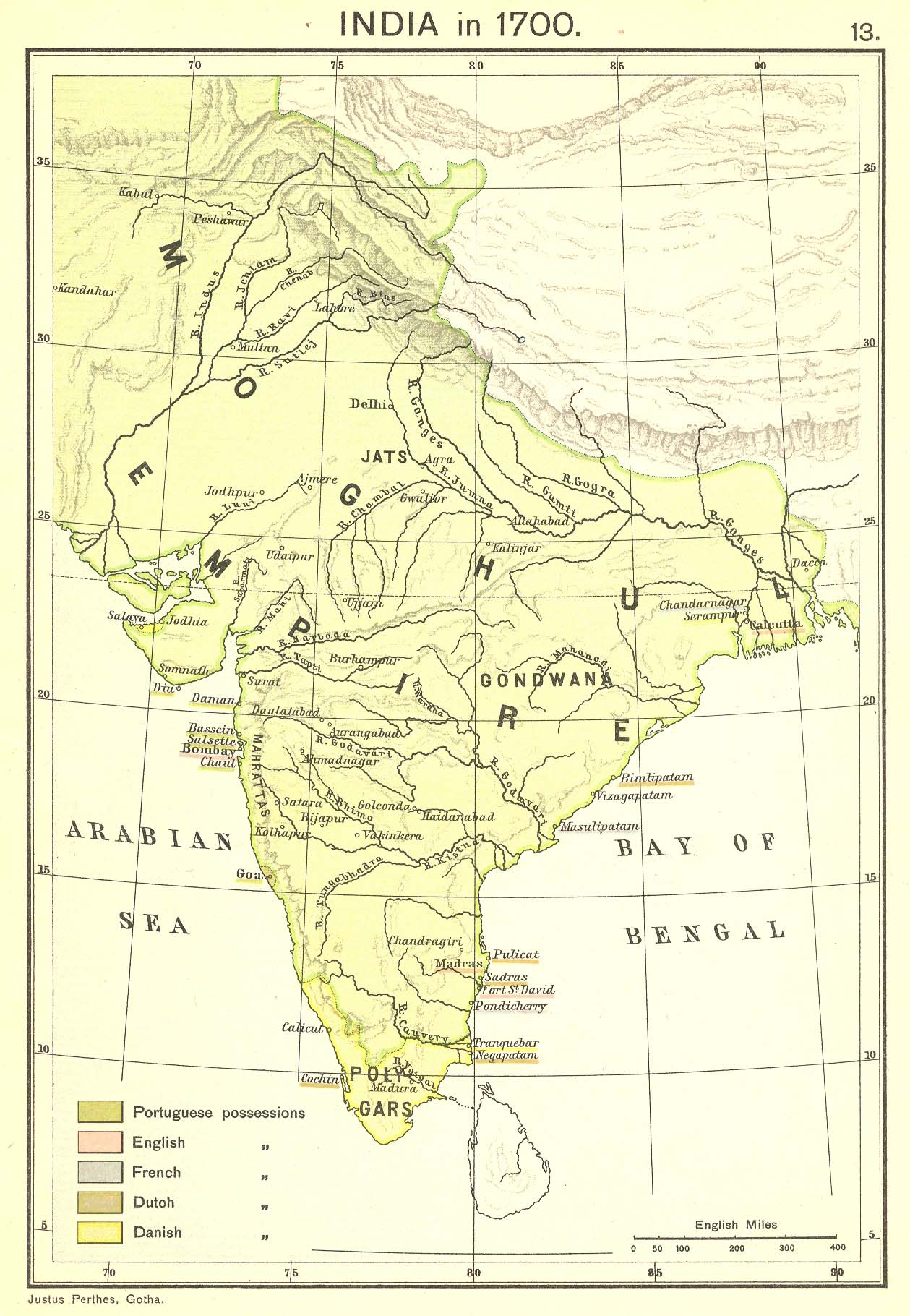|
Fenia (food)
Fenia or Pheniyaan is a form of vermicelli from the Indian subcontinent, notably North India . Although similar to the vermicelli used in '' seviyan'' and '' falooda,'' ''pheniyaan'' are much thinner. They have a ritualistic importance for the '' Karva Chauth'' festival (celebrated in parts of Northern Northern may refer to the following: Geography * North, a point in direction * Northern Europe, the northern part or region of Europe * Northern Highland, a region of Wisconsin, United States * Northern Province, Sri Lanka * Northern Range, a ra ... & Western India) where, along with Lapsi and dry fruits, they are part of the ''sargi'' ensemble consumed just before the fast associated with the festival begins. Etymology The word Pheni (singular of ''Pheniyaan'') is derived from Sanskrit word ''Phenikā,'' which was an ancient thread like sweet dish made using flour. References Indian desserts Pakistani desserts {{dessert-stub ... [...More Info...] [...Related Items...] OR: [Wikipedia] [Google] [Baidu] |
North India
North India is a loosely defined region consisting of the northern part of India. The dominant geographical features of North India are the Indo-Gangetic Plain and the Himalayas, which demarcate the region from the Tibetan Plateau and Central Asia. The term North India has varying definitions. The Ministry of Home Affairs in its Northern Zonal Council Administrative division included the states of Haryana, Himachal Pradesh, Punjab and Rajasthan and Union Territories of Chandigarh, Delhi, Jammu and Kashmir and Ladakh. The Ministry of Culture in its ''North Culture Zone'' includes the state of Uttarakhand but excludes Delhi whereas the Geological Survey of India includes Uttar Pradesh and Delhi but excludes Rajasthan and Chandigarh. Other states sometimes included are Bihar, Gujarat, Jharkhand, Madhya Pradesh and West Bengal. North India has been the historical centre of the Mughal Empire, the Delhi Sultanate and the British Indian Empire. It has a diverse c ... [...More Info...] [...Related Items...] OR: [Wikipedia] [Google] [Baidu] |
Indian Subcontinent
The Indian subcontinent is a physiographical region in Southern Asia. It is situated on the Indian Plate, projecting southwards into the Indian Ocean from the Himalayas. Geopolitically, it includes the countries of Bangladesh, Bhutan, India, Maldives, Nepal, Pakistan, and Sri Lanka."Indian subcontinent". '' New Oxford Dictionary of English'' () New York: Oxford University Press, 2001; p. 929: "the part of Asia south of the Himalayas which forms a peninsula extending into the Indian Ocean, between the Arabian Sea and the Bay of Bengal. Historically forming the whole territory of Greater India, the region is now divided into three countries named Bangladesh, India and Pakistan." The terms ''Indian subcontinent'' and ''South Asia'' are often used interchangeably to denote the region, although the geopolitical term of South Asia frequently includes Afghanistan, which may otherwise be classified as Central Asian.John McLeod, The history of India', page 1, Greenwood Publishing ... [...More Info...] [...Related Items...] OR: [Wikipedia] [Google] [Baidu] |
Vermicelli
Vermicelli (; , , also , ) is a traditional type of pasta round in section similar to spaghetti. In English-speaking regions it is usually thinner than spaghetti, while in Italy it is typically thicker. The term ''vermicelli'' is also used to describe various types of thin noodles from Asia. In Vietnam vermicelli is the same as angel hair pasta or '' capellini''. Thickness comparison As defined in Italy: In the United States, the National Pasta Association (which has no links with its Italian counterpart, the Unione Industriali Pastai Italiani) lists vermicelli as a thinner type of spaghetti. The Code of Federal Regulations of the United States of America defines "spaghetti" and "vermicelli" by diameter: History In 14th-century Italy, long pasta shapes had varying local names. Barnabas de Reatinis of Reggio notes in his ''Compendium de naturis et proprietatibus alimentorum'' (1338) that the Tuscan ''vermicelli'' are called ''orati'' in Bologna, ''minutelli'' in Venic ... [...More Info...] [...Related Items...] OR: [Wikipedia] [Google] [Baidu] |
Falooda
A ''falooda'' is a Mughlai Indian version of a cold dessert made with noodles. It has origins in the Persian dish '' faloodeh'', variants of which are found across West, Central, and South Asia. Traditionally it is made by mixing rose syrup, vermicelli, and sweet basil seeds with milk, often served with ice cream. The vermicelli used for preparing falooda is made from wheat, arrowroot, cornstarch, or sago. History The origin of ''falooda'' goes back to Iran (Persia), where a similar dessert, '' Faloodeh'', was popular. The dessert came to Medieval India with the many Central Asian dynasties that invaded and settled in South Asia in the 16th to 18th century. The present form of ''falooda'' was developed in the Mughal Empire and spread with its conquests. The Persianate rulers who succeeded from the Mughals patronized the dessert with their own adaptations, specifically in Hyderabad Deccan and the Carnatic areas of present-day India. This dessert is now a major part of Indi ... [...More Info...] [...Related Items...] OR: [Wikipedia] [Google] [Baidu] |
Karva Chauth
Karwa Chauth is a festival celebrated by Hindu women of Northern and Western India on the fourth day after Purnima (a full moon) in the month of Ashwin. Like many Hindu festivals, Karwa Chauth is based on the lunisolar calendar which accounts for all astronomical positions, especially positions of the moon which is used as a marker to calculate important dates. The festival falls on the fourth day after the full moon. On Karwa Chauth, married women and unmarried women, especially observe fast from sunrise to moonrise for the safety and longevity of their husbands. The Karwa Chauth fast is traditionally celebrated in the states of Delhi, Haryana, Rajasthan, Punjab, Jammu,Madhya Pradesh,Uttar Pradesh, Himachal Pradesh. It is celebrated as Atla Tadde in Andhra Pradesh. Origins ''Karva'' is another word for ' pot' (a small earthen pot of water) and ''chauth'' means 'fourth' in Hindi (a reference to the fact that the festival falls on the fourth day of the dark-fortnight, or ''Kr ... [...More Info...] [...Related Items...] OR: [Wikipedia] [Google] [Baidu] |
Northern India
North India is a loosely defined region consisting of the northern part of India. The dominant geographical features of North India are the Indo-Gangetic Plain and the Himalayas, which demarcate the region from the Tibetan Plateau and Central Asia. The term North India has varying definitions. The Ministry of Home Affairs in its Northern Zonal Council Administrative division included the states of Haryana, Himachal Pradesh, Punjab and Rajasthan and Union Territories of Chandigarh, Delhi, Jammu and Kashmir and Ladakh. The Ministry of Culture in its ''North Culture Zone'' includes the state of Uttarakhand but excludes Delhi whereas the Geological Survey of India includes Uttar Pradesh and Delhi but excludes Rajasthan and Chandigarh. Other states sometimes included are Bihar, Gujarat, Jharkhand, Madhya Pradesh and West Bengal. North India has been the historical centre of the Mughal Empire, the Delhi Sultanate and the British Indian Empire. It has a diverse culture, and inc ... [...More Info...] [...Related Items...] OR: [Wikipedia] [Google] [Baidu] |
Western India
Western India is a loosely defined region of India consisting of its western part. The Ministry of Home Affairs in its Western Zonal Council Administrative division includes the states of Goa, Gujarat, and Maharashtra along with the Union territory of Dadra and Nagar Haveli and Daman and Diu, while the Ministry of Culture and some historians also include the state of Rajasthan. The Geological Survey of India includes Maharashtra but excludes Rajasthan whereas Ministry of Minority Affairs includes Karnataka but excludes Rajasthan. Madhya Pradesh is also often included and Haryana, western Uttar Pradesh and southern Punjab are sometimes included. Western India may also refer to the western half of India, i.e. all the states west of Delhi and Chennai, thus also including Punjab, Kerala and surrounding states. The region is highly industrialised, with a large urban population. Roughly, western India is bounded by the Thar Desert in the north, the Vindhya Range in ... [...More Info...] [...Related Items...] OR: [Wikipedia] [Google] [Baidu] |
Laapsi
Laapsi or lapsi is an Indian sweet dish which has a lot of variants and is made using grain flour or broken wheat and ghee, along with milk, nuts, raisins and other dried fruits. Lapsi is commonly prepared during Hindu ceremonies, and is served as a religious offering to Devtas. Lapsi forms an integral part of North Indian cuisine. Etymology The name Lapsi (लप्सी) or Laapsi (लापसी) is derived from Sanskrit word Lapsikā (लप्सिका). History References to Lapsi are present in Ancient and Medieval Sanskrit literature particularly the Ayurvedic literature, ''Pākaśāstra'' texts ( Hindu culinary texts) and Puranas (Hindu religious scriptures). Skanda Purana mentions Lapsika as a ''Naivedhya'' for Puja (Hindu ritual worship). Lapsi finds mention in Ayurvedic text named ''Bhāvaprakāśa nighaṇṭu''. The recipe of Lapsi is vividly described in ''Bhojanakutūhala,'' one of the important ''Pākaśāstra'' text. The recipe of Lapsi in ''Bhoj ... [...More Info...] [...Related Items...] OR: [Wikipedia] [Google] [Baidu] |
Sanskrit
Sanskrit (; attributively , ; nominalization, nominally , , ) is a classical language belonging to the Indo-Aryan languages, Indo-Aryan branch of the Indo-European languages. It arose in South Asia after its predecessor languages had Trans-cultural diffusion, diffused there from the northwest in the late Bronze Age#South Asia, Bronze Age. Sanskrit is the sacred language of Hinduism, the language of classical Hindu philosophy, and of historical texts of Buddhism and Jainism. It was a lingua franca, link language in ancient and medieval South Asia, and upon transmission of Hindu and Buddhist culture to Southeast Asia, East Asia and Central Asia in the early medieval era, it became a language of religion and high culture, and of the political elites in some of these regions. As a result, Sanskrit had a lasting impact on the languages of South Asia, Southeast Asia and East Asia, especially in their formal and learned vocabularies. Sanskrit generally connotes several Indo-Aryan lang ... [...More Info...] [...Related Items...] OR: [Wikipedia] [Google] [Baidu] |
Indian Desserts
Mithai (sweets) are the confectionery and desserts of the Indian subcontinent.The Sweet Side of the Subcontinent Raison d'Etre, New York City (September 20, 2012) Thousands of dedicated shops in , , , and |





